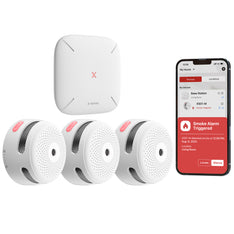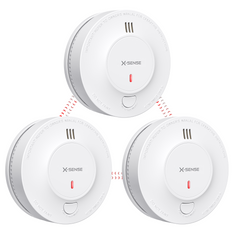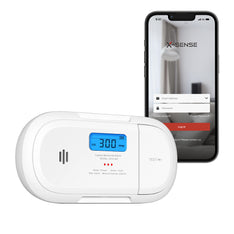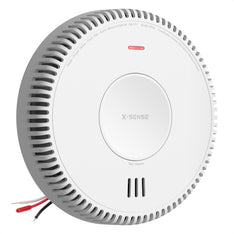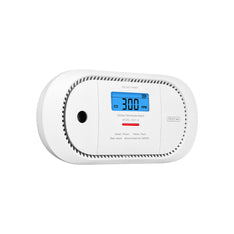How to Fix a Water Line Leak
Wed, Feb 15, 2023
Repairing water leaks is a skill that most homeowners should keep in their back pocket when leaks happen, and they will eventually happen. Fixing a leaking pipe, broken faucet or a running toilet is often an easy fix, depending on the type of leak and your expertise.
Can you fix a water leak yourself?
Turn off the water supply to the leaking pipes and clean the area around the hole to be patched. Use a metal file to smooth any sharp edges that might cut through the patch. Apply the patch and repair clamp so it evenly overlaps the damaged section of pipe. Tighten the clamps to seal the leak.
Common causes of leaking household water
Water leaks can occur anywhere in your water system. This applies to both underground supply lines and devices such as refrigerators with a water connection. Understanding your water system can help you figure out what the problem is when you notice water leaking or even flooding into your home. Below we have listed some of the most common causes of water leaks.
- Leaking faucet and shower
- Leaking toilet cisterns
- Damaged device seals
- Faulty water connections
- Erosion in your plumbing system
- Sudden temperature changes
- Tree root damage
- Leaking stopcocks
Step-by-step water leak repair
While we can provide you with the tools and know-how to effectively complete a water leak repair, your best bet is to contact a professional plumber and schedule a leak search and repair appointment to determine if your pipes need replacing. Here are some quick steps you can take to fix a water leak by yourself sometimes.
1. Turn off the water supply
The important things first. If you have already located the leak, turn off the water supply before attempting to fix the leak. There are shut-off valves under the sinks in the kitchen and bathroom, and on the underside of your toilet. Turn the valve counterclockwise to shut off the water supply. In some cases, you may need to shut off the main water valve, which is located on the outside of your home. After turning off the water supply to the house or to a specific spot in the house, it is recommended that you run the faucets to drain the pipes before you start repairing water leaks.
2. Clean water and dry the pipes
Remove any water that may have collected on surfaces surrounding the leak. Once you have soaked up the water it is time to dry the pipe(s) so the putty can be applied to a dry surface.
3. Apply plumbing compound to leaking pipes
Plumbing putty is a powerful repair tool for patching and repairing leaking pipes. Before handling the plumber's putty, it is recommended to wear latex gloves to avoid chemical burns on the skin. With gloves on, start by ripping a piece of epoxy putty from the tube and mixing to activate. When the plumbing turns light gray, it can be applied to the site of the leak. Making sure you form a 0.5 inch thick layer of putty, wrap the putty around the leak to completely cover the area. Press firmly around the edges of the putty to create a watertight seal. Remember that fixing a leak with plumbing epoxy is only a temporary fix and you will need to make an appointment with a professional plumber to repair the leak or replace the pipe entirely.
4. Replace the leaking tube
If you are looking for a more permanent solution, you will need to replace the faulty section of pipe. This requires a trip to the hardware store to buy the right size fasteners, coupling, and plumbing. The coupling is an important piece of equipment for any plumber. It allows plumbers to fix water leaks without having to cut out an entire section if the pipe is damaged. Couplings are easily assembled between pipes and require little knowledge to install properly. Make sure you get all the correct measurements before making your purchase. The coupling must be the same diameter and material as the leaking pipe. If you're unsure, you might want to consider taking a picture of the pipe with your smartphone so someone at the hardware store can guide you through the buying process.
5. Using clamps to repair water leaks
Replacing entire sections of pipe is expensive, so for smaller leaks it may be cheaper to use a pipe clamp to fix water leaks. Pipe clamps are fitted with rubber grommets on both ends to create a watertight seal around the faulty pipe and prevent leakage. These are also easily found at any local hardware store and require little to no prior plumbing knowledge to install them effectively.
Water softeners are extremely effective at preventing limescale build-up, which over time can damage your pipes and appliances. At Hart Water we offer competitive prices on a range of filters, faucets and water softeners, including installation, service and repair. To learn more about how we can help protect your home, contact us today to speak to our team of experts.
